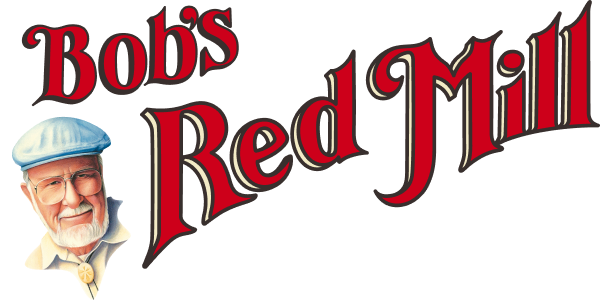With wheat germ, freshness is what counts. Add our high-quality germ to baked goods or use as a filler for meatloaf and balls. Before baking you can coat cookies, rolls and breads, top a casserole, replace breadcrumbs–the uses are endless, just use your imagination!
Our delicious wheat germ is made from the finest wheat kernels and contains vitamins and minerals like folate, phosphorus, magnesium, iron, vitamin E, thiamin and zinc. It also contains dietary fiber, which can help control blood sugar levels, and essential fatty acids. Vitamin E and fatty acids contain high levels of antioxidants, which are thought to reduce free radicals that can lead to premature aging. Other potential health benefits associated with wheat germ and whole wheat grain are a reduction in the risk of heart disease.
Now we can’t claim that eating our delicious wheat germ is the key to the fountain of youth, but it is a simple and delicious way to add vitamins, fatty acids and fiber to your diet. Because it is milled from fresh delicious wheat kernels, our wheat germ does contain gluten.
While whole grains are thought to have a range of potential health benefits, thanks to their fiber and “healthy” fats, refined grains have had the bran and germ stripped away. The edible part of the wheat kernel is comprised three parts: the wheat bran, the germ and the endosperm. Refined grains have had the bran and the germ removed, meaning they lack dietary fiber, iron and B vitamins. Because whole grains include all three parts, they offer fiber, complex carbohydrates, vitamins, minerals, fatty acids and antioxidants. These nutrients work together to offer benefits far beyond the sum of their parts.
White flour is created solely from the starchy endosperm and lacks the fiber of the bran and the delicious nutrients of the germ. However, you’ll want to use this delightful wheat germ, both because it’s a great nutritional supplement and because it’s so delicious! Add this wheat germ to your favorite bread recipe to add nutrients, flavor and texture.
Wheat germ is the heart of the wheat berry. It has a delicious nutty flavor and is packed with nutrition. But wheat germ benefits don’t end there! For a scant 45 calories and 1 gram of unsaturated fat, a 2 tablespoon serving will provide 2 grams of dietary fiber, 10% of the recommended daily value of folate, 8% of your recommended daily value of phosphorus, magnesium and zinc, 15% of your vitamin E and 10% of your thiamin requirements. It is a cholesterol and sodium free food. You can use wheat germ to replace up to 1/2 cup of flour when baking cookies, muffins and breads. Use it as a topping for fruit pies, or as a nutritious breading for chicken or fish and as filler for meatballs and meatloaf.
Looking for more ways to use wheat germ? Make sure to browse our extensive selection of recipes that utilize this very special ingredient. Add it to baked goods like muffins, coffee cake, bread and pancakes. Or stir it into homemade granola, muesli, bars, veggie burgers and even dog treats.
Because the natural oils are retained in this raw wheat germ, you’ll want to refrigerate it to maintain its freshness and nutrition. And of course, wheat germ should be avoided by those with celiac disease or a gluten intolerance.
At Bob’s Red Mill, we pride ourselves on our wide selection of the finest baking flours and essentials you’ll find anywhere in the world. Browse our virtual shelves here online to find all purpose flour, bread flour, whole wheat flour, pastry flour, wheat bran and much more. We also carry an entire line of gluten free baking essentials, including almond, coconut and cassava flour, our Gluten Free 1-to-1 Baking Flour, Gluten Free All Purpose Flour and more.
Learn more about our certifications



